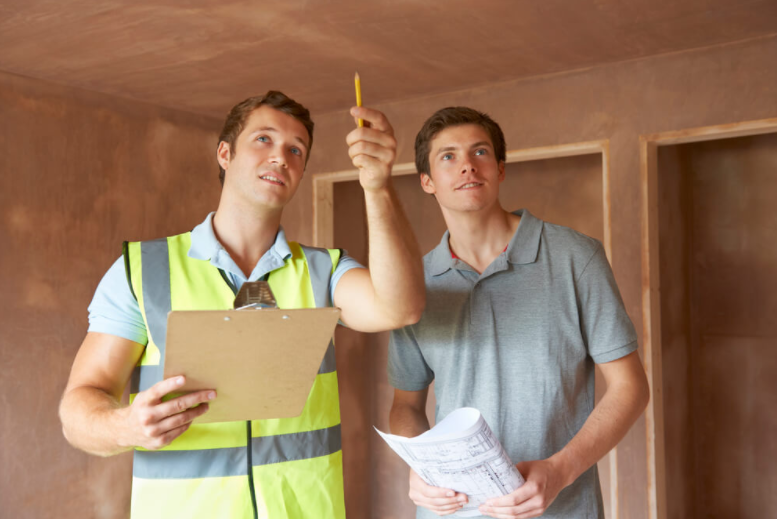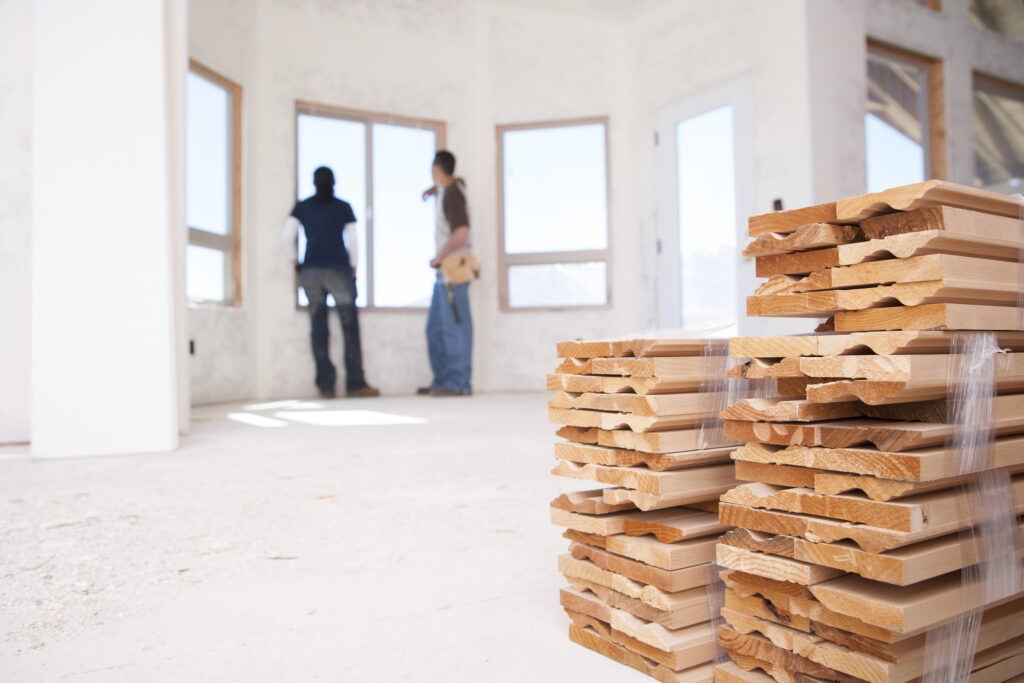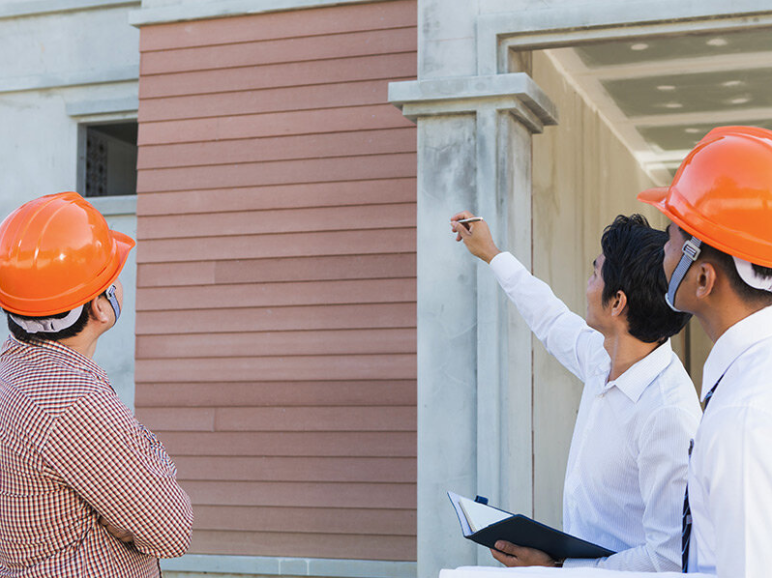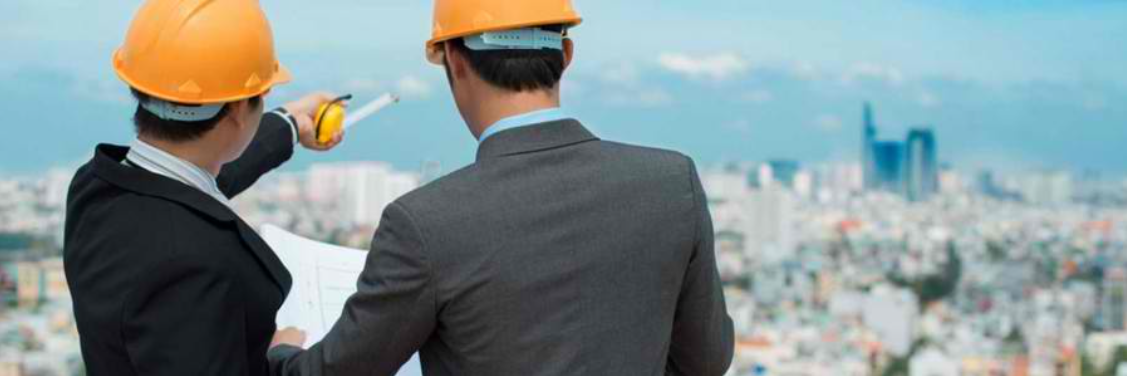For a long time, the concern of the building inspection was related to construction anomalies and maintenance failures, mainly aiming at repairs or other technical interventions to adapt old buildings to the minimum security conditions.
Infiltration problems, in the underground foundation, on the roof, inside the walls, in the electrical or hydraulic network and so many other surprises that, when not solved, can generate a huge headache. The sooner you identify these problems, the sooner the actions can take effect. Preventing all of this is the focus of building inspection.
However, in recent years a lot has been changing and prevention has become the focus of building inspection actions, aiming at risk analysis, adaptation to new technical recommendations, and questions and recommendations of qualified users and professionals.
Whether to guarantee the quality of housing, the good use of real estate or even to avoid (or eliminate) serious accidents with victims in buildings, building inspection has become of great interest, both for the technical community and for society in general.
What is building inspection?
It is an evaluation carried out by professionals, engineers, and architects duly registered with CREA, with their respective professional duties (usually composed of a multidisciplinary team), which verifies the technical conditions of use and maintenance of the buildings.
It can be said that it is a complete check-up of the entire building (garages, entrance hall, stairs, elevators, swimming pools, among others), in order to assess the state of conservation, operation, and maintenance.
It is in the building inspection that the specialized professional confronts the initial project with the changes that occurred in the building, seeking to prevent and offer security, stability, and functionality.
After the inspection, the qualified professional issues the report attesting to the safety and stability conditions of the buildings, identifying problems, and guiding for the proper maintenance. With this document in hand, the liquidator is able to have an overview of the state of the building and correct any problems.
In several municipalities, a building inspection is already mandatory.
What are the levels of building inspection?
Building inspection can be divided into three levels, according to the recommendations of the technical standards:
Level 1: there is the identification and evaluation of apparent faults and anomalies;
Level 2: professionals from different specialties will carry out a more detailed inspection using equipment and devices, in addition to analyzing the technical documents that lead to more in-depth knowledge due to the complexity of the cases;
Level 3: is the junction of building inspection level 2, plus a more detailed analysis, seeking to identify apparent and hidden anomalies with the help of equipment and devices. It includes specific local and/or laboratory tests and trials, with the help of professionals from different specialties, taking into account relevant technical guidelines.
When should a Building Inspection be carried out?

It is recommended that the Building Inspection be carried out periodically:
- every 5 years: buildings up to 20 years old;
- every 3 years: buildings from 21 to 30 years old;
- every 2 years: buildings of 31 years and up to 50 years;
- annually: buildings built more than 50 years ago.
What degrees of risk can be verified?
They are used as base:
Minimum Degree: when the problem raised does not present a recurrence or risk to security and stability. In this case, medium-term programming and intervention is recommended;
Regular Degree: it is recommended that some corrective actions be carried out in the short term;
Critical Grade: represents risks to the health of users, compromising the use of assets and causing a sharp devaluation of the property – requires immediate corrective actions.
Having clarified the main doubts about building inspection, what would be the benefits of a complete verification of a building? Follow us
1 Prevention generates cost savings
Prevention generates undeniable benefits, including cost reduction. That is, it is much easier and more economical to implement a preventive action that offers the liquidator to know the problem earlier and correct it, than to let the problem intensify and require further repairs.
Periodic building inspections lead to prevention against early deterioration. In condominiums, it is possible to avoid (or even eliminate) problems of:
- rust corrosion in the iron reinforcement of the columns,
- fire system problems;
- cracks and cracks in walls and pillars;
- waste of water;
- damaged waterproofing in wet areas;
- installation, grounding, and leakage problems that make the condominium’s energy and water costs more expensive;
- infiltrations.
2 Adequate solution to existing problems

When conducting the building inspection, the supervisor will be able to count on a systematic view of the condominium, mainly for having a multidisciplinary team that will make a diagnosis of the health of the building.
Through the report issued in the building inspection process, it is possible to know the state of conservation of the property and establish appropriate solutions to the problems raised. Many liquidators believe that building inspection is only carried out on buildings that have been in existence for a few years, but this idea is quite wrong.
It is recommended that the building inspection takes place before the appearance of anomalies, as a preventive and corrective action. For example:
- When the construction company delivers the building: to find out if the building was actually delivered;
- Before the 5-year warranty: in order to be able to assess the existence of any anomaly under the responsibility of the construction company;
- Before major works occur in the vicinity of the building: if there are any cracks or structural jolts before the start of the neighboring works, the construction company may be charged with the responsibility for whatever happens.
In addition, after the end of the warranty period for the construction company, it is recommended that the building inspection be carried out annually as part of the building maintenance plan.
3 Anomaly discoveries early on
The survey of problems and anomalies in buildings requires a technical opinion. Some problems, many times, end up not being noticed by the liquidators or by the residents.
Only the building inspection will determine the technical, functional and conservation conditions of the building. It is through the inspection of qualified professionals that it will be possible to check the performance conditions and determine corrective and preventive measures that are necessary for the good use of the property.
It is important to highlight that when anomalies are discovered late, many of them are already considered irreversible, which leads to the degradation and propagation of problems throughout the structure.
4 Guidance for carrying out maintenance

Superintendents and residents must be aware that the safety, quality, sustainability and enhancement of buildings are directly related to building maintenance.
The building inspection, through the elaborated technical report, offers a diagnosis of the quality of the buildings, distinguishing anomalies, maintenance failures, and irregularities of use, allowing the superintendent or legal guardian of the building to manage the maintenance actions effectively.
In addition, the building inspection offers the resolution of the doubts of liquidators and residents, enabling the correct performance of building maintenance, thus making the building more secure, comfortable, and valued.

